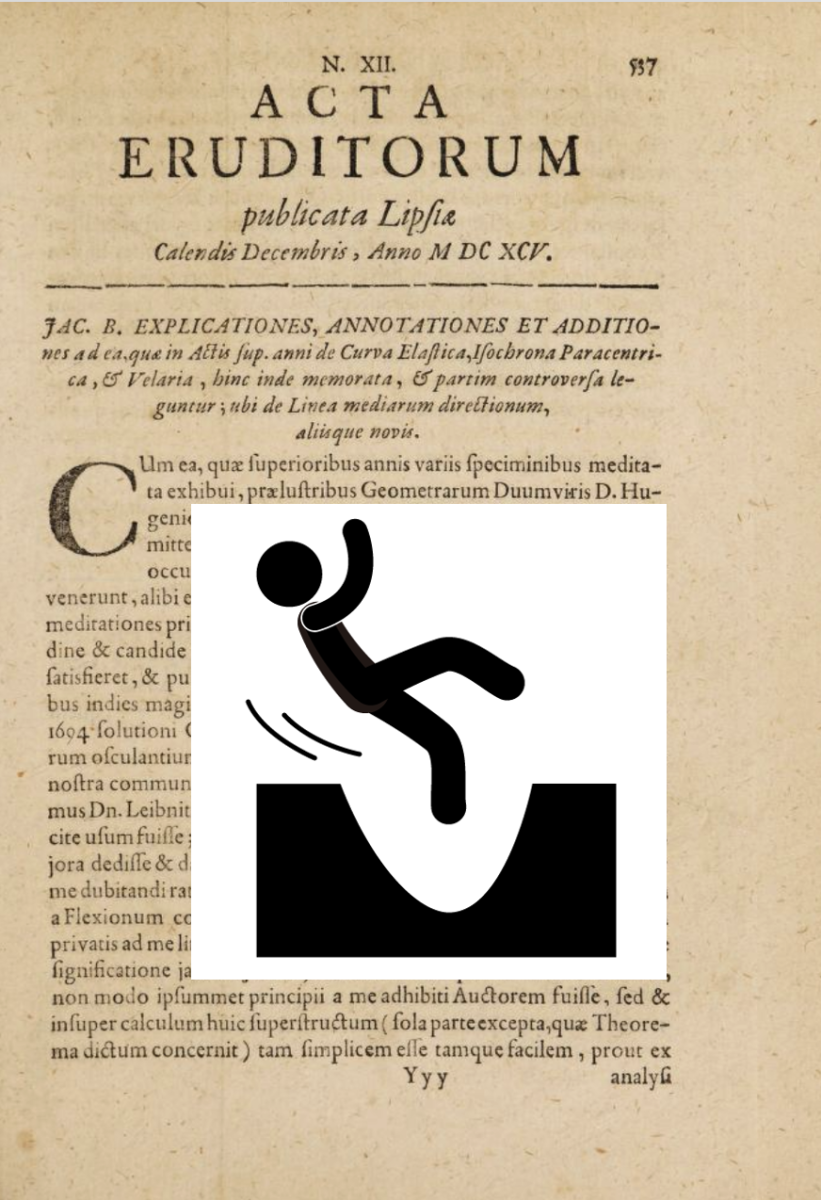- About MAA
- Membership
- MAA Publications
- Periodicals
- Blogs
- MAA Book Series
- MAA Press (an imprint of the AMS)
- MAA Notes
- MAA Reviews
- Mathematical Communication
- Information for Libraries
- Author Resources
- Advertise with MAA
- Meetings
- Competitions
- Programs
- Communities
- MAA Sections
- SIGMAA
- MAA Connect
- Students
- MAA Awards
- Awards Booklets
- Writing Awards
- Teaching Awards
- Service Awards
- Research Awards
- Lecture Awards
- Putnam Competition Individual and Team Winners
- D. E. Shaw Group AMC 8 Awards & Certificates
- Maryam Mirzakhani AMC 10 A Awards & Certificates
- Two Sigma AMC 10 B Awards & Certificates
- Jane Street AMC 12 A Awards & Certificates
- Akamai AMC 12 B Awards & Certificates
- High School Teachers
- News
You are here
Pitfalls and Potential Solutions to Your Primary Source Problems
There are many documented reasons to utilize primary sources in your classroom. Perhaps one overlooked benefit is the particular pedagogical value derived from using primary sources in subjects for which you aren’t an expert. Teaching such courses happens often in small departments; for me it occurred in analysis areas such as differential equations or real analysis. While I could learn the content, without knowledge of the current state of a field it was difficult to create an engaging classroom. Developing historical modules deepened my understanding and appreciation of the material, and employing them in the classroom created the environment I was searching for. Of course, the implementation wasn’t without its challenges. Here I share some of the issues my students and I experienced, along with some (hopefully novel) ideas to address them.

Figure 1. Avoid getting tripped up by pitfalls that can arise from classroom use of primary sources such as
this work by Jacob Bernoulli by following the advice offered on the following pages. Jacob Bernoulli, “Explicationes,
annotationes et additiones ad ea quæ in Actis superiorum annorum de Curva Elastica, Isochrona Paracentrica,
& Velaria,” Acta Eruditorum (December 1695): 537–553, Internet Archive, and Clipground, CC BY 4.0 DEED.
Adam E. Parker (Wittenberg University), "Pitfalls and Potential Solutions to Your Primary Source Problems," Convergence (December 2023), DOI:10.4169/Convergence20231201




